Hong Kong Institute for Advanced Study (HKIAS) of the City University of Hong Kong (CityU) congratulates Professor Alain Aspect on winning the Nobel Prize in Physics 2022.
Tag: Physics
After Fire and Monsoons, DESI Resumes Cataloguing the Cosmos
In June, the Dark Energy Spectroscopic Instrument survived a massive wildfire, followed by rains and mudslides. After cleaning and testing the equipment, DESI collaborators successfully restarted the experiment and began imaging the night sky again on Sept. 10. The survey is creating the largest 3D map of the universe ever made to study a phenomenon called dark energy.
Former Berkeley Lab Scientist John Clauser Among Three Awarded the 2022 Nobel for Physics for Work on Quantum Mechanics
The Royal Swedish Academy of Sciences has awarded the 2022 Nobel Prize in Physics to Alain Aspect, John Clauser, and Anton Zeilinger “for experiments with entangled photons, establishing the violation of Bell inequalities and pioneering quantum information science.”
DOE’s Office of Science Graduate Student Research (SCGSR) Program Selects 44 Outstanding U.S. Graduate Students
The Department of Energy’s (DOE’s) Office of Science has selected 44 graduate students representing 24 states for the Office of Science Graduate Student Research (SCGSR) program’s 2022 Solicitation 1 cycle. Through world-class training and access to state-of-the-art facilities and resources at DOE National Laboratories, SCGSR prepares graduate students to enter jobs of critical importance to the DOE mission and secures our national position at the forefront of discovery and innovation.
Machine learning helps scientists peer (a second) into the future
The past may be a fixed and immutable point, but with the help of machine learning, the future can at times be more easily divined.
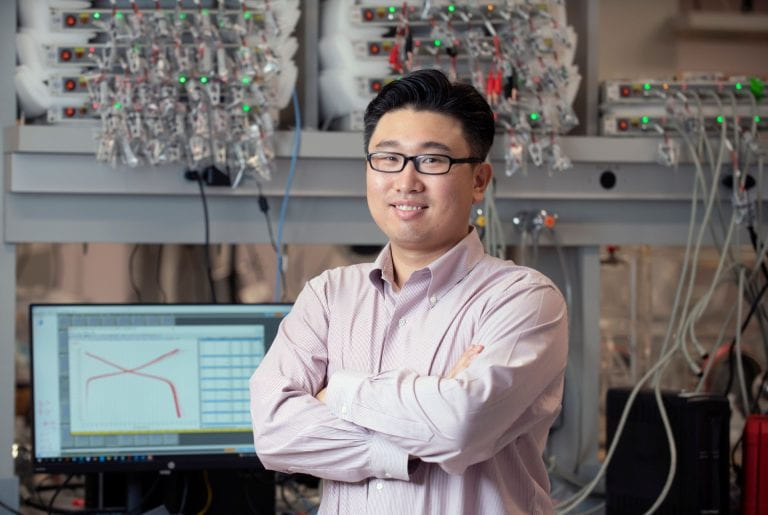
UCI and national lab researchers develop a cobalt-free cathode for lithium-ion batteries
Irvine, Calif., Sept. 21, 2022 – Researchers at the University of California, Irvine and four national laboratories have devised a way to make lithium-ion battery cathodes without using cobalt, a mineral plagued by price volatility and geopolitical complications. In a paper published today in Nature, the scientists describe how they overcame thermal and chemical-mechanical instabilities of cathodes composed substantially of nickel – a common substitute for cobalt – by mixing in several other metallic elements.
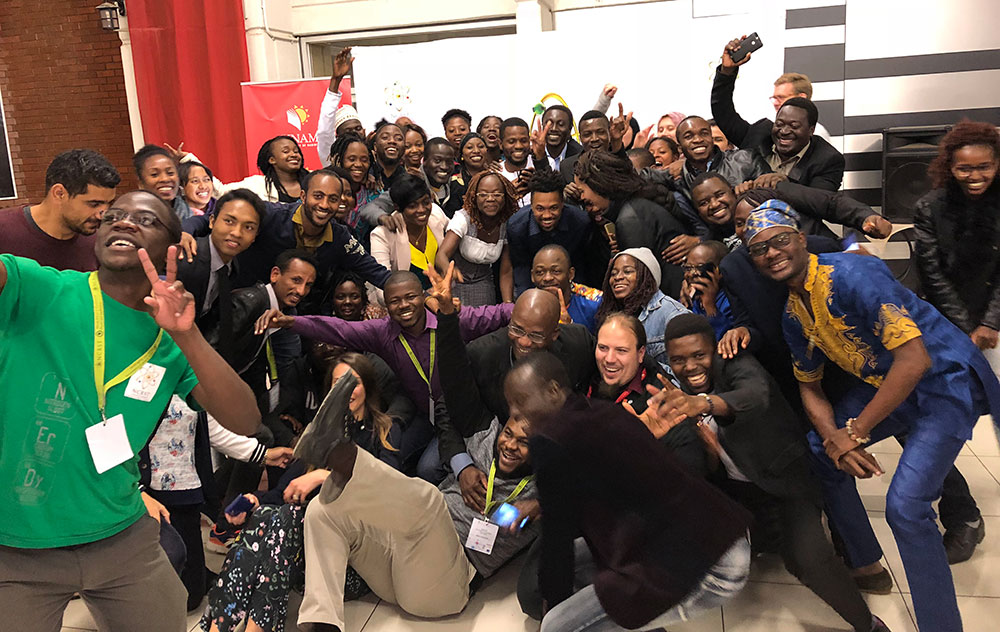
African School of Physics Brings New Opportunities
The 7th African School of Fundamental Physics and Applications (ASP) will be held in-person at Nelson Mandela University in Gqeberha, South Africa, from November 28 to December 9, 2022. Teams of leading physicists from U.S. Department of Energy (DOE) national laboratories and universities and other institutions across the U.S., Europe, Asia, and Africa will introduce more than 70 African graduate students to physics theories, experiments, and technologies.
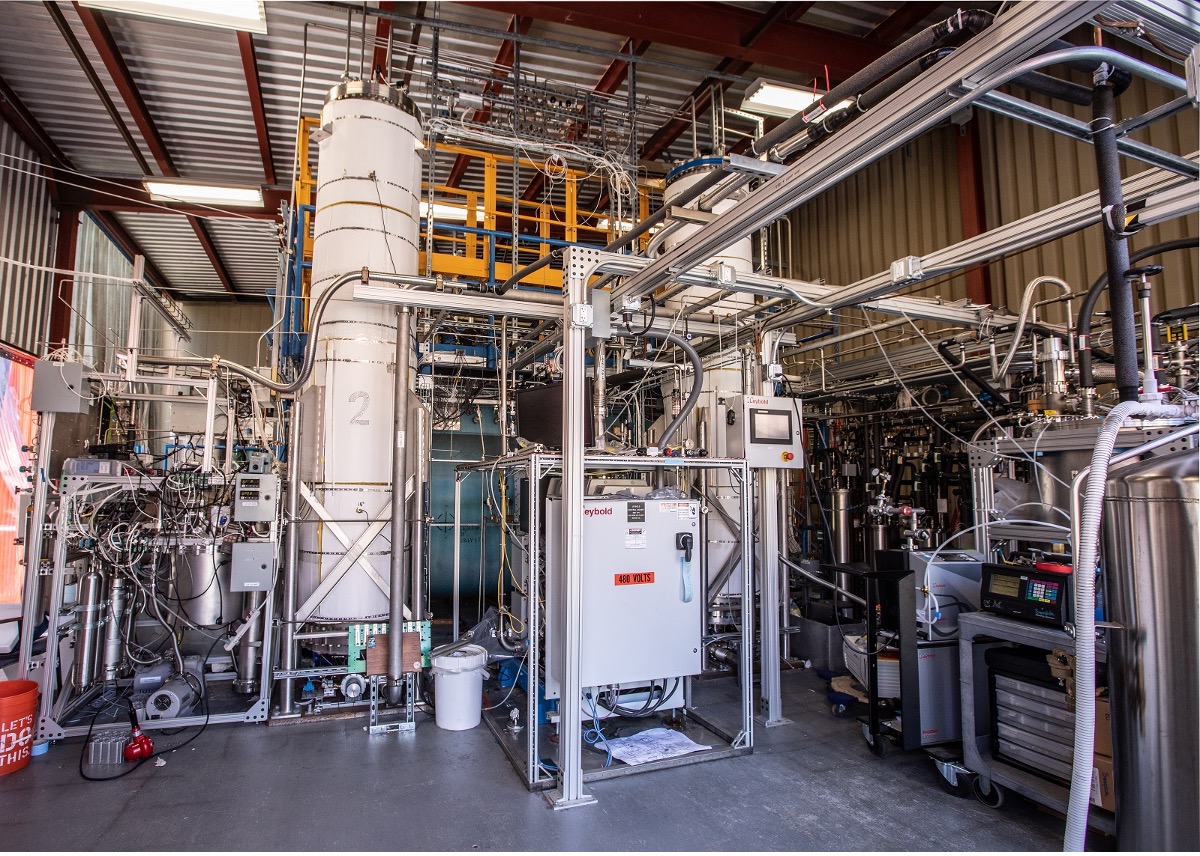
Researchers at SLAC use purified liquid xenon to search for mysterious dark matter particles
An enormous vat of pure liquid xenon will help scientists at SLAC and around the globe learn more about the universe.
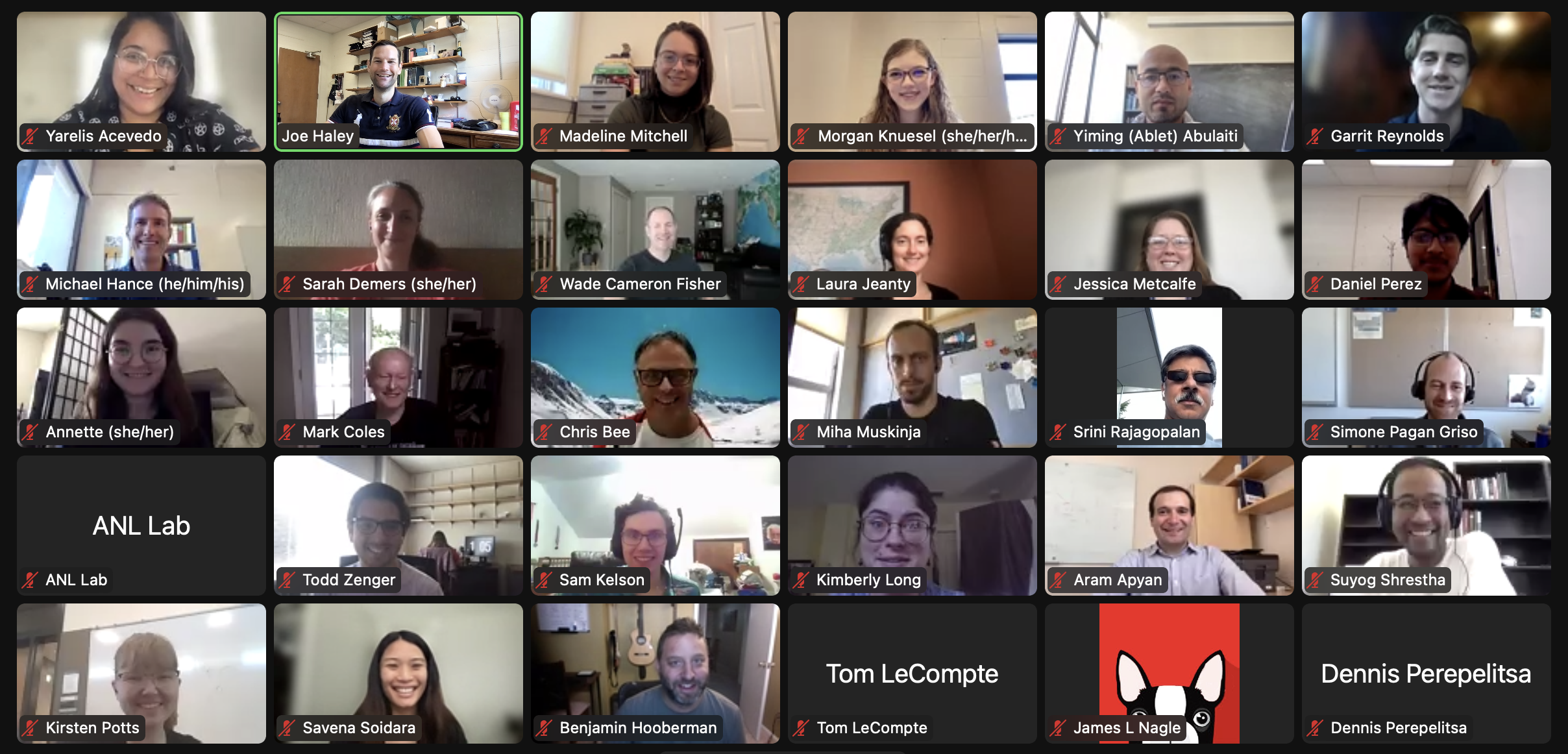
SUPER Program Expands Undergraduate Research Support
The Summer Undergraduate Program for Exceptional Researchers (SUPER), run by the U.S. ATLAS collaboration, wrapped up a successful season with a new focus to broaden the program’s impact. The new initiative paired students from underrepresented minorities and minority serving institutions (MSIs) across the nation with mentors and projects at U.
Researchers Map Rotating Spiral Waves in Live Human Hearts
Researchers at the Georgia Institute of Technology and clinicians at Emory University School of Medicine are bringing a new understanding to these complicated conditions with the first high-resolution visualizations of stable spiral waves in human ventricles.
How superwinds help drive galactic development
Galactic superwinds – large outflows of gas created by a combination of supernova explosions and stellar winds – are closely connected to a galaxy’s earliest stages of development and evolution, including aspects like its size, shape, and even how many stars will eventually call it home.But while researchers have commonly observed these winds, very little is understood about the mechanism that drives them.
Physicists Uncover New Dynamical Framework for Turbulence
Physicists at Georgia Tech have proven — numerically and experimentally — that turbulence in fluid flows can be understood and quantified with the help of a small set of special solutions that can be precomputed for a particular geometry, once and for all.
PPPL in the spotlight: national CBS news program focuses on fusion energy
The U.S. Department of Energy’s Princeton Plasma Physics Laboratory and Steve Cowley, PPPL’s director, were featured on the July 23 “CBS Saturday Morning.”
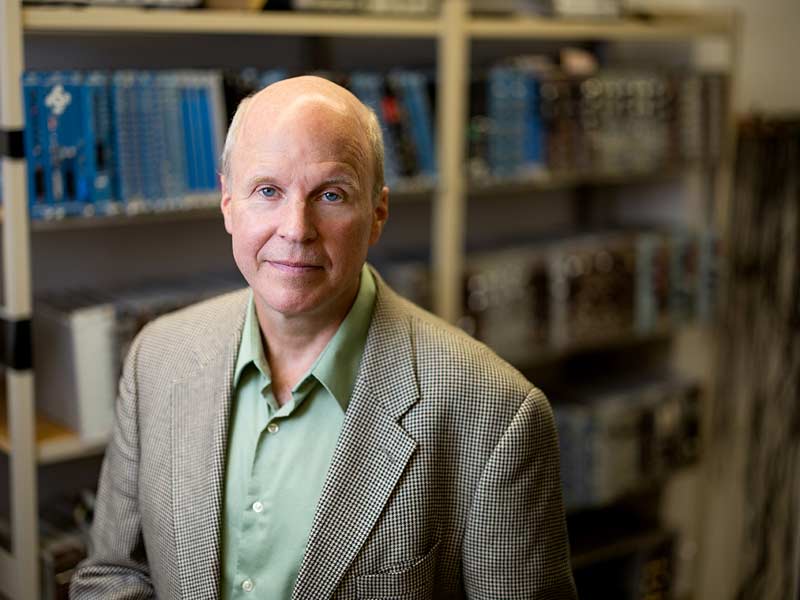
Tulane physicist awarded $8.2 million to precisely measure lifetime of the free neutron
The $8.2 million grant is the largest is the largest ever direct NSF award to Tulane.
Light Polarization Creates Art, Explains Mathematical Concepts
In the American Journal of Physics, Aaron Slepkov from Trent University explores the physics of how polarization-filtered colors emerge, how they can be controlled, and why subtle changes in viewing angle, sample orientation, and the order of layers of films between polarizers can have dramatic effects on the observed colors. The research emphasizes visual examples of concepts related to birefringence, such as addition, subtraction, and order-of-operations.

Sandia Researchers Receive Two EO Lawrence Awards
Sandia National Laboratories pulsed-power physicist Daniel Sinars and quantum information scientist Andrew Landahl have each received 2021 Ernest Orlando Lawrence Awards, the U.S. Department of Energy’s highest scientific mid-career honor.
Berkeley Lab Researchers Record Successful Startup of LUX-ZEPLIN Dark Matter Detector at Sanford Underground Research Facility
Deep below the Black Hills of South Dakota in the Sanford Underground Research Facility (SURF), an innovative and uniquely sensitive dark matter detector – the LUX-ZEPLIN (LZ) experiment, led by Lawrence Berkeley National Lab (Berkeley Lab) – has passed a check-out phase of startup operations and delivered first results.
The futuristic South Pole Telescope looks far back in time
Designed to detect the oldest light in the universe, the South Pole Telescope is helping researchers at Argonne and around the world to learn about the beginnings of the universe.
Physicists confront the neutron lifetime puzzle
To solve a long-standing puzzle about how long a neutron can “live” outside an atomic nucleus, physicists entertained a wild but testable theory positing the existence of a right-handed version of our left-handed universe.
Tiny Limbs and Long Bodies: Coordinating Lizard Locomotion
Using biological experiments, robot models, and a geometric theory of locomotion, researchers at the Georgia Institute of Technology investigated how and why intermediate lizard species, with their elongated bodies and short limbs, might use their bodies to move. They uncovered the existence of a previously unknown spectrum of body movements in lizards, revealing a continuum of locomotion dynamics between lizardlike and snakelike movements.
Structural origin of the anomalous properties of SiO2 glass under pressure
Understanding the structural origin of the anomalous properties of SiO2 liquid and glass is fundamental not only in physics, but also in geophysics, in understanding the nature of silicate magmas in the Earth and other planets, and in materials science as a prototype network-forming glass.
Spiral Wave Teleportation Theory Offers New Path to Defibrillate Hearts, Terminate Arrhythmias
Researchers from the Georgia Institute of Technology offer a new method to disrupt spiral waves that uses less energy and that may be less painful than traditional defibrillation.
Tang wins DOE Early Career Research Award
Zhaowen Tang, of Los Alamos National Laboratory’s Dynamic Imaging and Radiography group, received a prestigious Early Career Research Program funding award from the Department of Energy’s Office of Science. The program, now in its thirteenth year, is designed to bolster the nation’s scientific workforce by providing support to exceptional researchers during crucial early career years, when many scientists do their most formative work.
Black Hole Activity Not Evolving in Central Cluster Galaxies
University of Kentucky postdoc presents important new findings about black holes and their host galaxies at American Astronomical Society meeting
Amsterdam Physicists Build an Atom Laser That Can Stay on Forever
Imagining our everyday life without lasers is difficult. We use lasers in printers, CD players, pointers, measuring devices, and so on.
Collapsing a Leading Theory for the Quantum Origin of Consciousness
The origin of consciousness is one of the greatest mysteries of science. One proposed solution, first suggested by Nobel Laureate and Oxford mathematician Roger Penrose and anaesthesiologist Stuart Hammeroff, at Arizona State University, in Tucson, attributes consciousness to quantum computations in the brain.
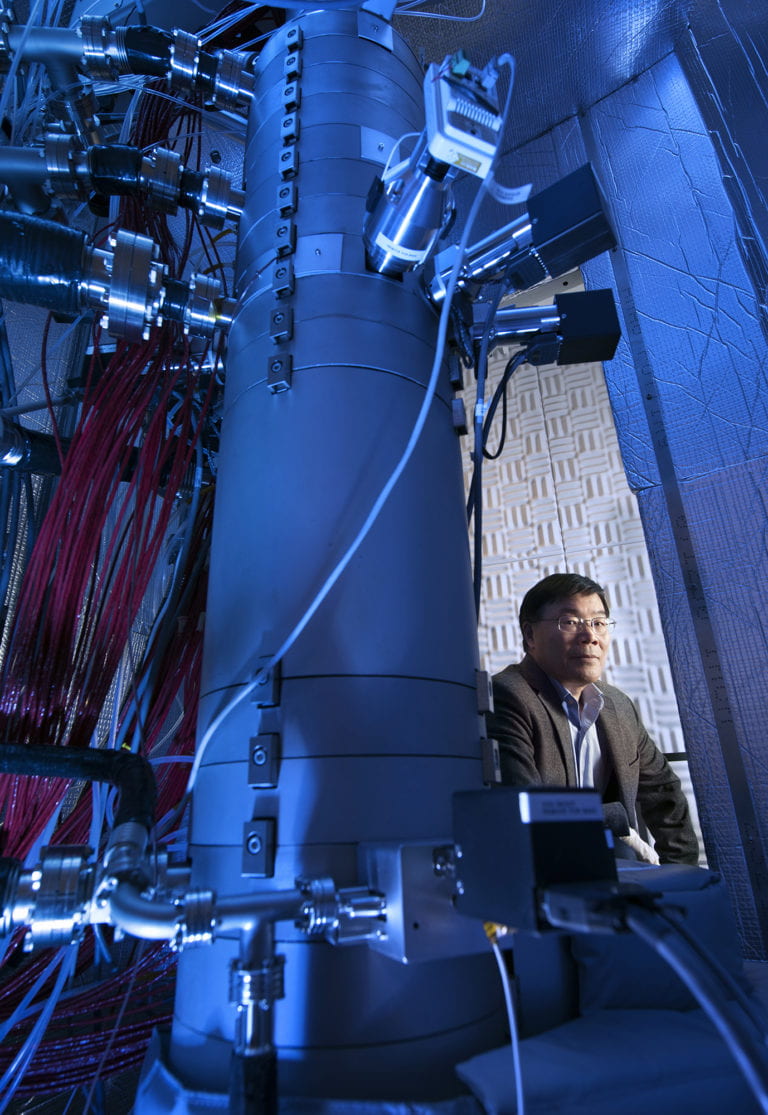
UCI scientists observe effects of heat in materials with atomic resolution
As electronic, thermoelectric and computer technologies have been miniaturized to nanometer scale, engineers have faced a challenge studying fundamental properties of the materials involved; in many cases, targets are too small to be observed with optical instruments. Using cutting-edge electron microscopes and novel techniques, a team of researchers at the University of California, Irvine, the Massachusetts Institute of Technology and other institutions has found a way to map phonons – vibrations in crystal lattices – in atomic resolution, enabling deeper understanding of the way heat travels through quantum dots, engineered nanostructures in electronic components.
ORNL, partners launch first experiments using new facility to make cosmic isotopes on Earth
A new flagship facility for nuclear physics has opened, and scientists from Oak Ridge National Laboratory have a hand in 10 of its first 34 experiments.
Pushing the Boundaries of Moore’s Law: How Can Extreme UV Light Produce Tiny Microchips?
Some analysts say that the end of Moore’s Law is near, but Patrick Naulleau, the director of Berkeley Lab’s Center for X-Ray Optics (CXRO), says that it could be decades before the modern chip runs out of room for improvement, thanks to advances in materials and instrumentation enabled by the CXRO.
Time Crystals “Impossible” but Obey Quantum Physics
Scientists have created the first ”time-crystal” two-body system in an experiment that seems to bend the laws of physics.
A New Duality Solves a Physics Mystery
In conventional wisdom, producing a curved space requires distortions, such as bending or stretching a flat space.
Researchers Use Galaxy as a ‘Cosmic Telescope’ to Study Heart of the Young Universe
A unique new instrument, coupled with a powerful telescope and a little help from nature, has given researchers the ability to peer into galactic nurseries at the heart of the young universe.
When more complex is simpler
Microbial communities shape our health and the health of our planet. Some are familiar to humans, like the microbes that reside in the gut, known as our microbiome. Others keep fermenting along mostly under the radar.
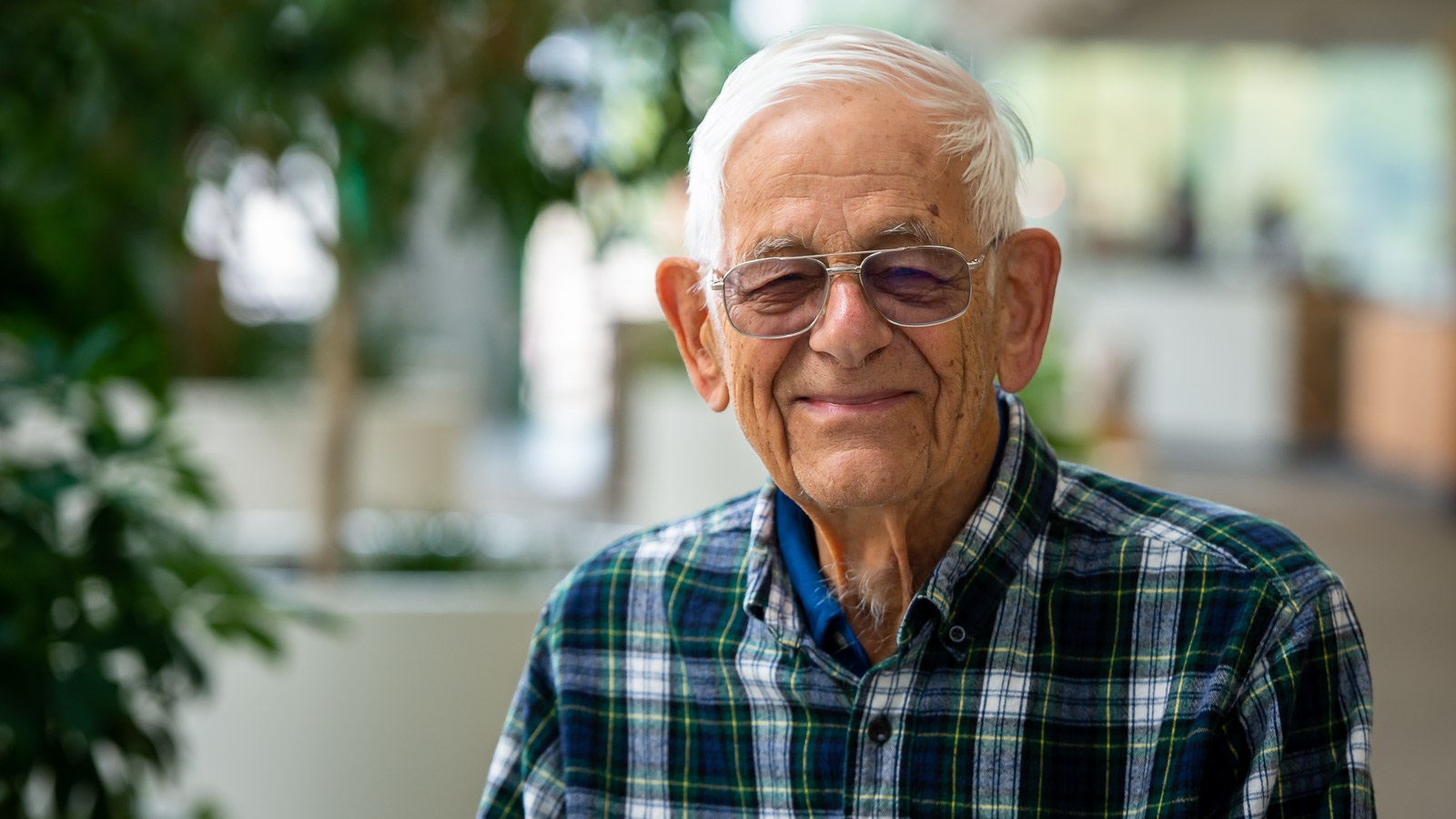
Remembering Paul Benioff, renowned scientist and quantum computing pioneer
Paul Benioff, an Argonne emeritus scientist, helped pave the way for the field of quantum computing that is now being intensely pursued throughout the world. He passed away on March 29, leaving a legacy of intellectual courage and collaboration.
Research Breakthrough Means Warp Speed ‘Unruh Effect’ Can Finally Be Tested in Lab Settings
A major hurdle for work at the forefront of fundamental physics is the inability to test cutting-edge theories in a laboratory setting. But a recent discovery opens the door for scientists to see ideas in action that were previously only understood in theory or represented in science fiction.
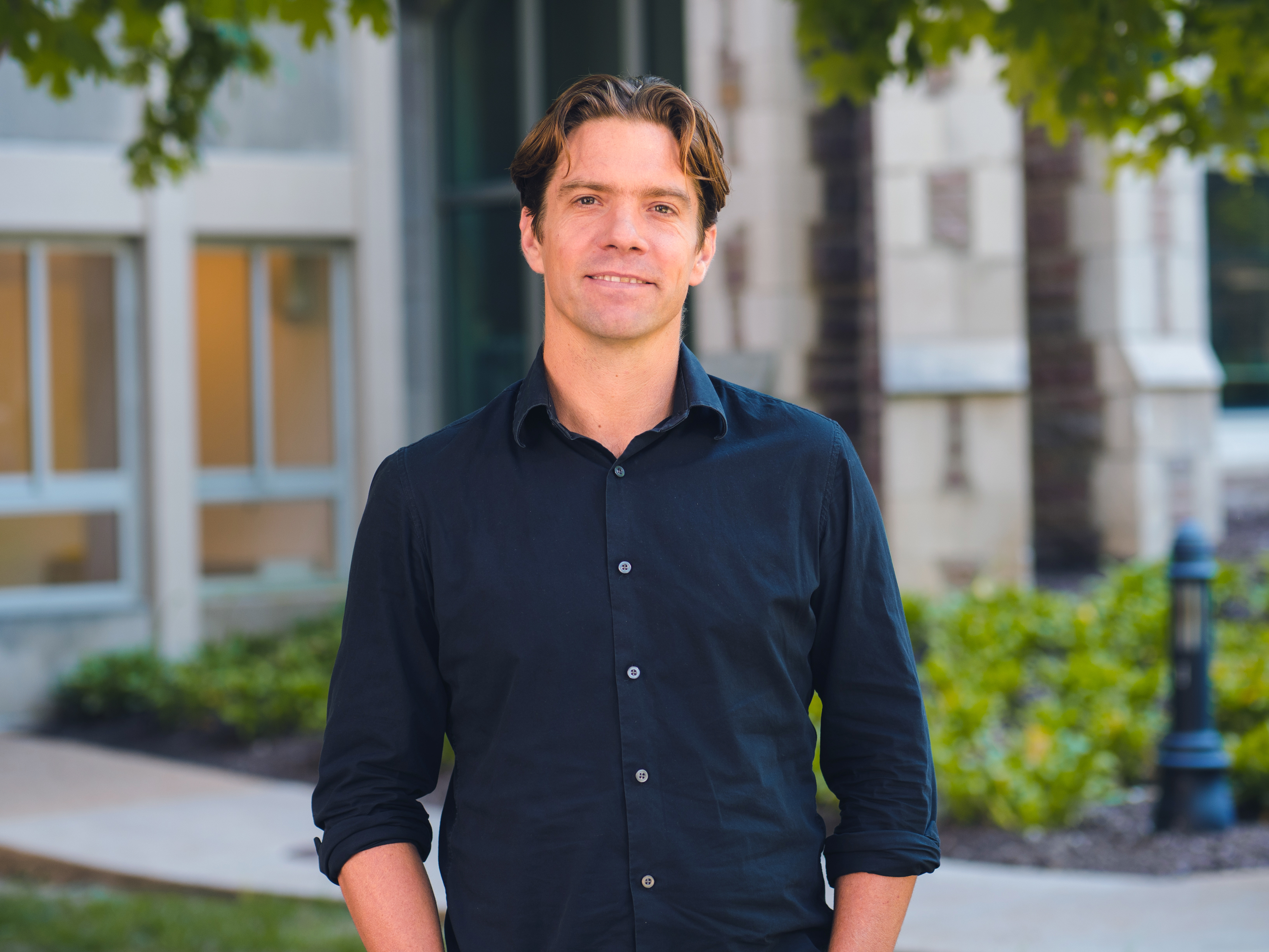
WashU Expert: Neon ice shows promise as new qubit platform
In a recent Nature paper, a team led by the U.S. Department of Energy (DOE)’s Argonne National Laboratory has announced the creation of a new qubit platform formed by freezing neon gas into a solid at very low temperatures, spraying…
Story tips: Fueling up on savings, COVID’s behavior effect, cosmic collisions, seismic and sound, and space-to-ground comms
ORNL story tips: Fueling up on savings, COVID’s behavior effect, cosmic collisions, seismic and sound, and space-to-ground comms
UCI scientists turn a hydrogen molecule into a quantum sensor
Irvine, Calif., April 22, 2022 — Physicists at the University of California, Irvine have demonstrated the use of a hydrogen molecule as a quantum sensor in a terahertz laser-equipped scanning tunneling microscope, a technique that can measure the chemical properties of materials at unprecedented time and spatial resolutions.
School of Physics Uses Moths and Origami Structures for Innovative Defense Research
Georgia Tech has received two Department of Defense (DoD) 2022 Multidisciplinary University Research Initiative (MURI) awards totaling almost $14 million. The highly competitive government program supports interdisciplinary teams of investigators developing innovative solutions in DoD interest areas. This year, the DoD awarded $195 million to 28 research teams across the country.
Argonne employee group funds service dog for Chicago area veteran
A U.S. Army veteran living with post-traumatic stress disorder (PTSD) was presented with an Australian shepherd service dog on Sept. 25, the result of roughly five years of fundraising by an employee group at Argonne National Laboratory.
Colorado School of Mines Professor Wins Second Annual Joseph A. Johnson Award
The American Institute of Physics and the National Society of Black Physicists are pleased to announce that physicist Serena Eley is the recipient of the 2021 Joseph A. Johnson III Award for Excellence. The award, now in its second year, is given by AIP and NSBP in recognition of an early career scientist who exemplifies the values of Joseph A. Johnson, a renowned experimental physicist, impactful mentor, and founder of NSBP.
New results from MicroBooNE provide clues to particle physics mystery
New results from a more-than-decade long physics experiment offer insight into unexplained electron-like events found in previous experiments. Results of the MicroBooNE experiment, while not confirming the existence of a proposed new particle, the sterile neutrino, provide a path forward to explore physics beyond the Standard Model, the theory of the fundamental forces of nature and elementary particles.
Scientists Spot Rare Neutrino Signal for Big Physics Finding
Scientists at Brookhaven National Laboratory developed a software toolkit that reconstructs and isolates neutrino data in 3D. This software directly enabled the long-awaited findings from the MicroBooNE experiment released today by Fermilab in four complementary analyses. The Wire-Cell team at Brookhaven Lab led one of the four analyses—the most sensitive analysis of the electron-neutrino interaction. Some components of the Wire-Cell toolkit were also used in the other three analyses.
Science snapshots from Berkeley Lab
New Berkeley Lab breakthroughs: engineering chemical-producing microbes; watching enzyme reactions in real time; capturing the first image of ‘electron ice’; revealing how skyrmions really move
Scientists recreate cosmic reactions to unlock astronomical mysteries
Scientists from Argonne and Michigan State University have completed the first tests using a new particle accelerator to gain insights into the creation of carbon in stars.
Campaigning for More Marie Curies: More Women Means Changes for Physics, Engineering
Amy Sue Bix, a leading expert on the history of science and women and gender studies, will speak in an upcoming Lyne Starling Trimble lecture Wednesday, Sept. 29, in a live webcast. Her talk will delve into how the dramatic shift of girls and young women toward STEM occurred, how diversity will play a role in the nature and purpose of science and engineering, the changes in gender relations in the scientific community, and escalating concern for girls’ psychological well-being and personal opportunities.
Compact amplifier could revolutionize optical communication
Researchers at Chalmers University of Technology, Sweden, present a unique optical amplifier that is expected to revolutionise both space and fiber communication.
Regulator Proteins or Symphonies of Genes: Statistical Modeling Points Way Toward Unified Theory for DNA Folding
Researchers seek to point a way toward a unified theory for how DNA changes shape when expressing genes. Presenting their work in Biophysics Reviews, the scientists use an approach called statistical mechanics to explore the phenomenon of so-called expression waves of gene regulation.
Physicists make square droplets and liquid lattices
When two substances are brought together, they will eventually settle into a steady state called the thermodynamic equilibrium. Researchers at Aalto University in Finland wanted to disrupt this sort of state to see what happens — and whether they can control the outcome.
Discovery paves way for improved quantum devices
Physicists and engineers have found a way to identify and address imperfections in materials for one of the most promising technologies in commercial quantum computing.